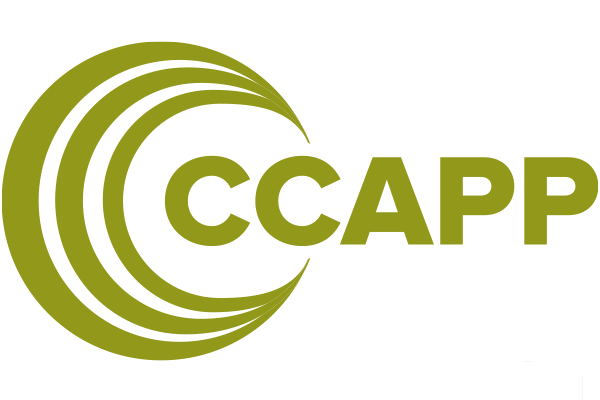
There has been a long-standing quest to identify the dark matter. Numerous recent developments, including recent recent results from dark matter direct detection experiments and indirect searches for dark matter by the Fermi Gamma-ray Space Telescope (FGST), have spurred interest in exotic models of dark matter. First, I will discuss Asymmetric Dark Matter. A possible candidate for the low-mass (< 20 GeV) dark matter that would be consistent with both the events observed in the CoGeNT & CDMS direct detection experiments while evading constraints on annihilation rates from non-detection of gamma-rays by FGST is Asymmetric Dark Matter (ADM). In ADM, the contemporary dark matter consists of a particle, but not its anti-partner so it does not annihilate (the symmetric portion of the population annihilated in the early universe). Nevertheless, I will discuss how Asymmetric Dark Matter may leave its signature on stellar evolution giving a potential astrophysical signature of such a dark matter candidate. Time-permitting, I will also discuss self-interacting dark matter (SIDM), which is a dark matter particle with a large cross section (~1 barn) for scattering with itself. SIDM has been invoked as a possible means to alleviate some of the small-scale "challenges" to standard Cold Dark Matter (CDM) cosmology. I will discuss how SIDM is captured within the Sun and how neutrino telescopes can provide complementary constraints on some SIDM candidate models.
